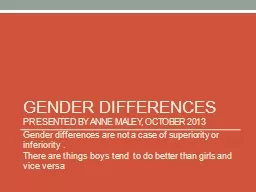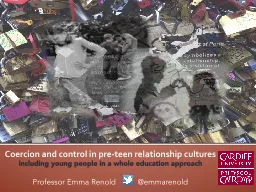PPT-Should boys and girls be in separate classrooms?
Author : alexa-scheidler | Published Date : 2017-11-01
Jean Wolph Louisville Writing Project Kentucky Writing Project Network 2 Writing Reading Argument MINIUNIT Emphasis of Lessons ARGUMENT SKILLS PRODUCT ELEMENTS
Presentation Embed Code
Download Presentation
Download Presentation The PPT/PDF document "Should boys and girls be in separate cla..." is the property of its rightful owner. Permission is granted to download and print the materials on this website for personal, non-commercial use only, and to display it on your personal computer provided you do not modify the materials and that you retain all copyright notices contained in the materials. By downloading content from our website, you accept the terms of this agreement.
Should boys and girls be in separate classrooms?: Transcript
Download Rules Of Document
"Should boys and girls be in separate classrooms?"The content belongs to its owner. You may download and print it for personal use, without modification, and keep all copyright notices. By downloading, you agree to these terms.
Related Documents














